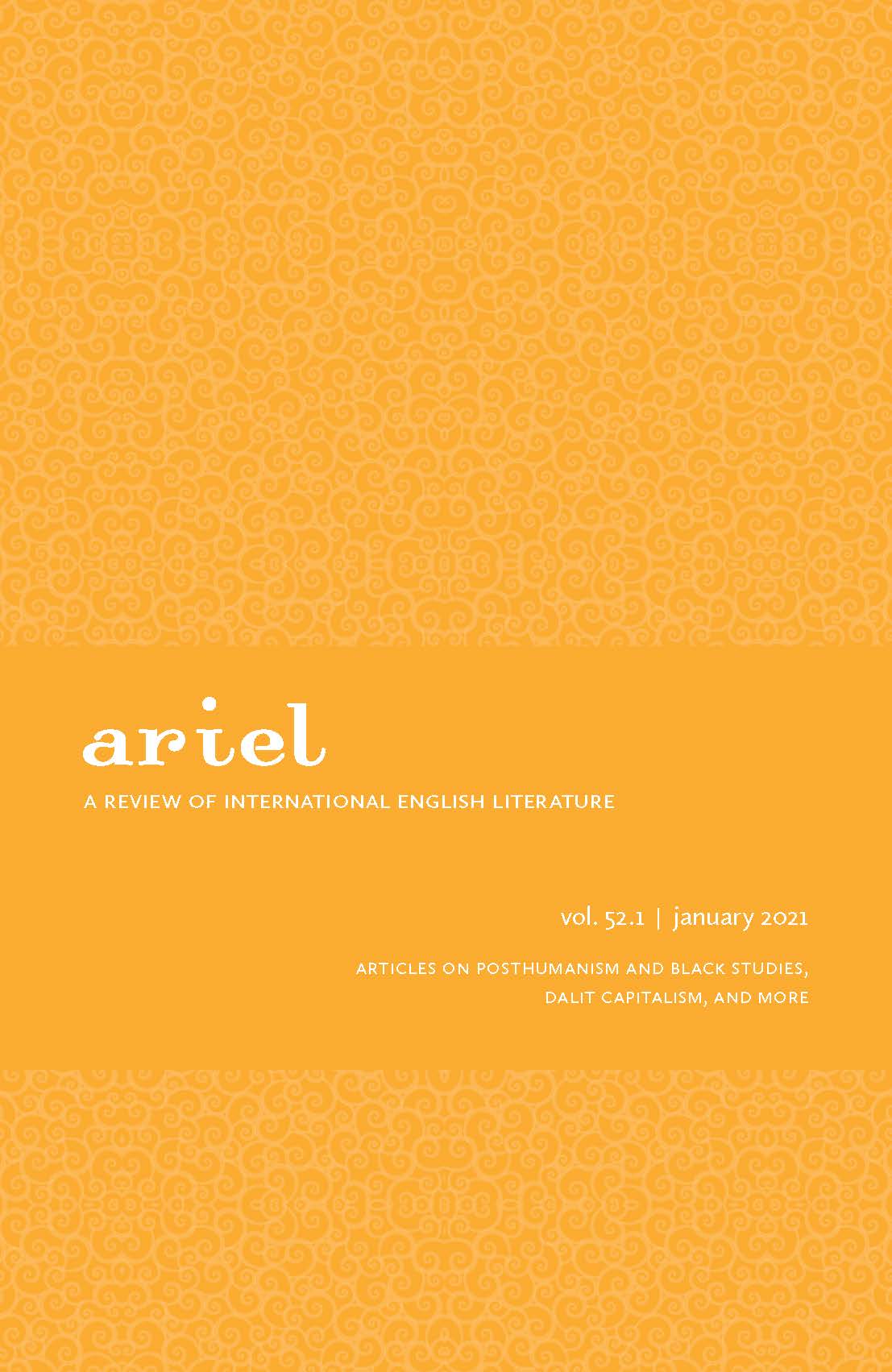Where Old Birds go to Die: Spaces of Precarity in Arundhati Roy’s <i>The Ministry of Utmost Happiness</i>
Keywords:
Precarity, spatial traditions, neoliberal states, heteronormativity, Ministry of Utmost HappinessAbstract
This article aims at connecting recent work on precarity and post-colonial theory, focusing on Arundhati Roy’s representation of spaces of precarity in her novel, The Ministry of Utmost Happiness, set in New Delhi, India. The novel complicates claims that precarity in post-colonies is a recent occurrence ushered in by the liberalization of their economies in the late 1980s, tracing the genealogy of earlier forms of precarity through the histories of its characters, specifically that of its protagonist Anjum, a Hijra. Such histories offer not merely ways of understanding marginal constituents of a seemingly all-encompassing neoliberal order but also local spatial traditions of resistance. These traditions converge onto the space of a graveyard, offering a model of dissidence that defies conventional parameters legible to the state. The novel posits such illegibility of resistance as an antidote to cooption by the neoliberal state, mirroring the taxonomic resistance that the Hijra offers to the heteronormative nation state. I read The Ministry of Utmost Happiness as an attempt at mapping the neoliberal state and possibilities of resistance that escape its frameworks of surveillance.


